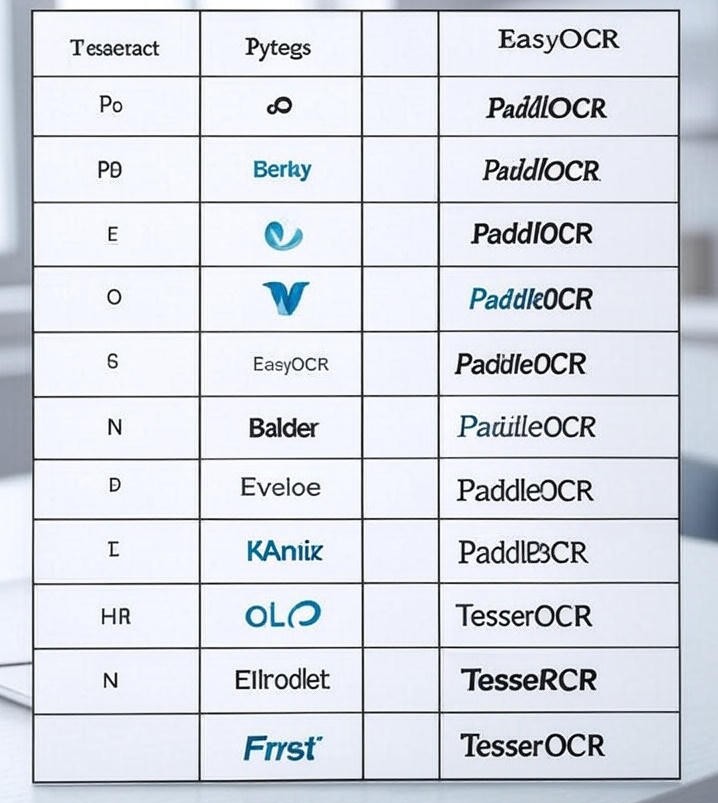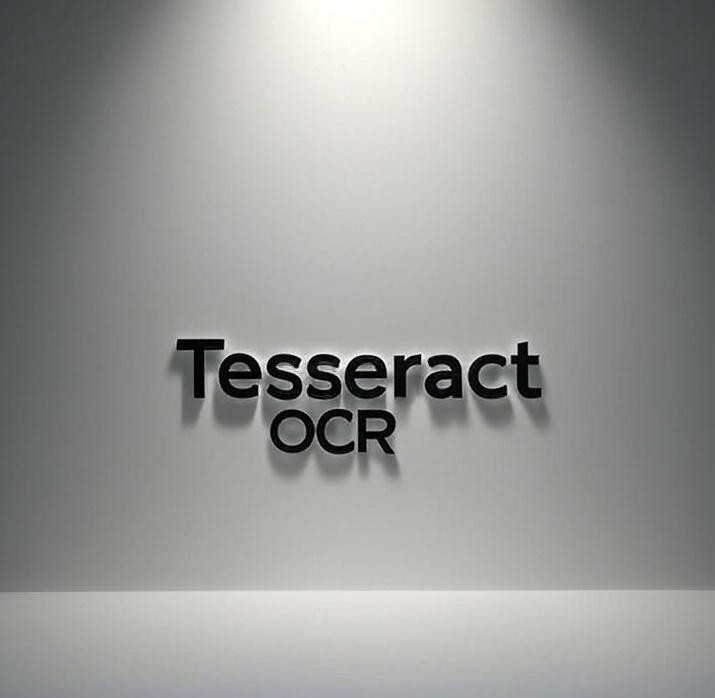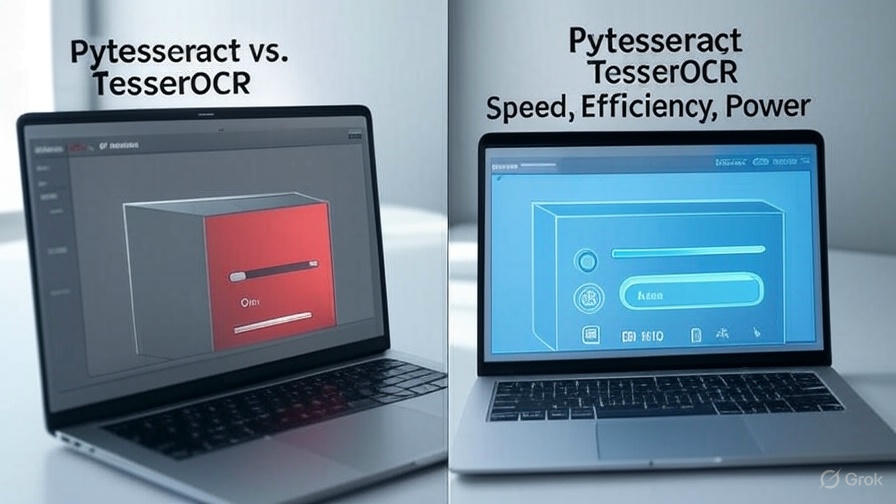1. What is Tesseract OCR and Is It Free?
Tesseract OCR is an open-source OCR engine developed initially by HP and later maintained by Google. It supports over 100 languages and is widely used for text extraction from images, PDFs, and scanned documents.
Key Features:
Limitations:
Installation:
We have a detailed Post which allows you to install any version of Tesseract OCR, because some documentation was missing on official Page of Tesseract OCR.
2. Tesseract OCR vs Pytesseract
Pytesseract is a Python wrapper for Tesseract OCR, making it easier to use in Python applications. Tesseract is originally comes into c and c++ bindings which is easier to use using command line, however, in order to integrate it into your Python code we have python based wrapper (Pytesseract or TesserOCR)
Comparison Table:
Example Code (Pytesseract):
When to Use Which?
3. EasyOCR vs Tesseract OCR
EasyOCR is a Python-based OCR library built on PyTorch, supporting 80+ languages.
Comparison Table:
Example Code (EasyOCR):
Example Code (Pytesseract):
When to Use Which?
4. PaddleOCR vs Tesseract OCR
PaddleOCR is a Baidu-developed OCR system with state-of-the-art accuracy, supporting multilingual text detection.
Example Code (PaddleOCR):
Comparison Table:
When to Use Which?
5. Multilingual Image-to-Text Extraction
Comparison of Language Support & Accuracy
Example (Multilingual OCR with Tesseract):
6. Tesseract OCR vs TesserOCR
TesserOCR is another Python wrapper for Tesseract but is faster than Pytesseract due to direct C++ bindings.
Comparison Table:
Example Code (TesserOCR):
When to Use Which?
Final Verdict: Which OCR Should You Use?
Recommendations:
Conclusion
Each OCR engine has its strengths and weaknesses. Tesseract is the most versatile, EasyOCR is great for GPU users, and PaddleOCR offers the best accuracy. Choose based on your project's requirements!







Leave a Comment